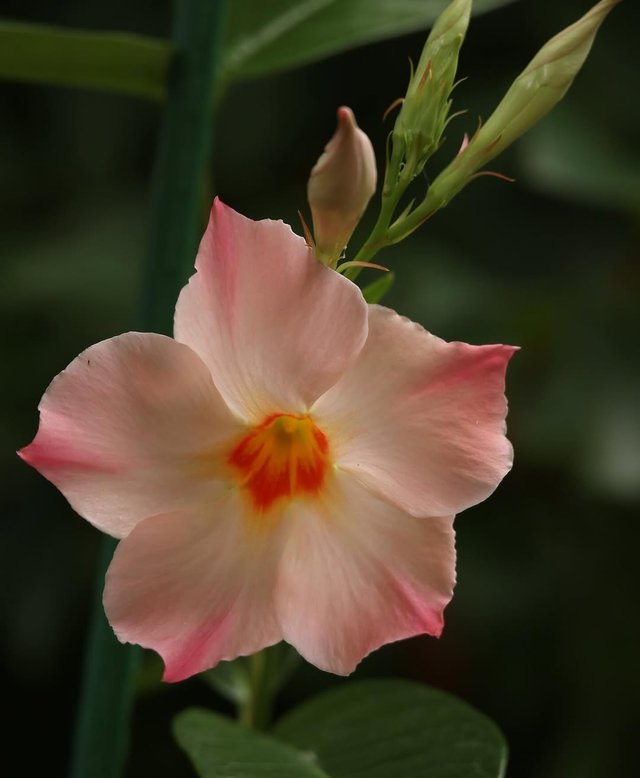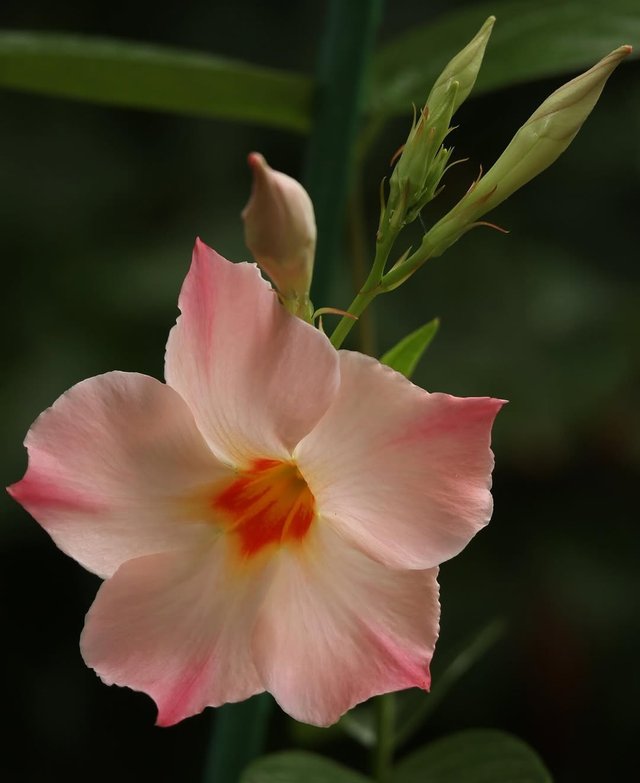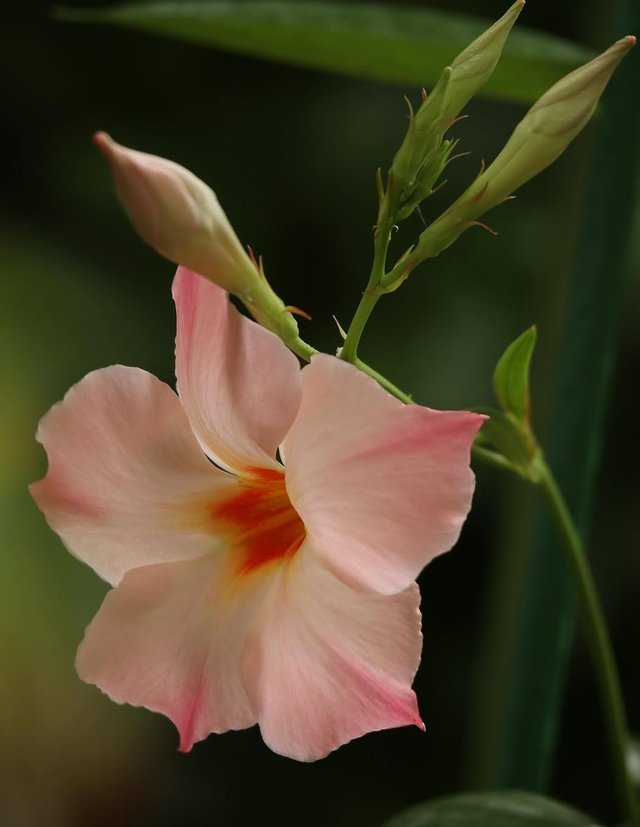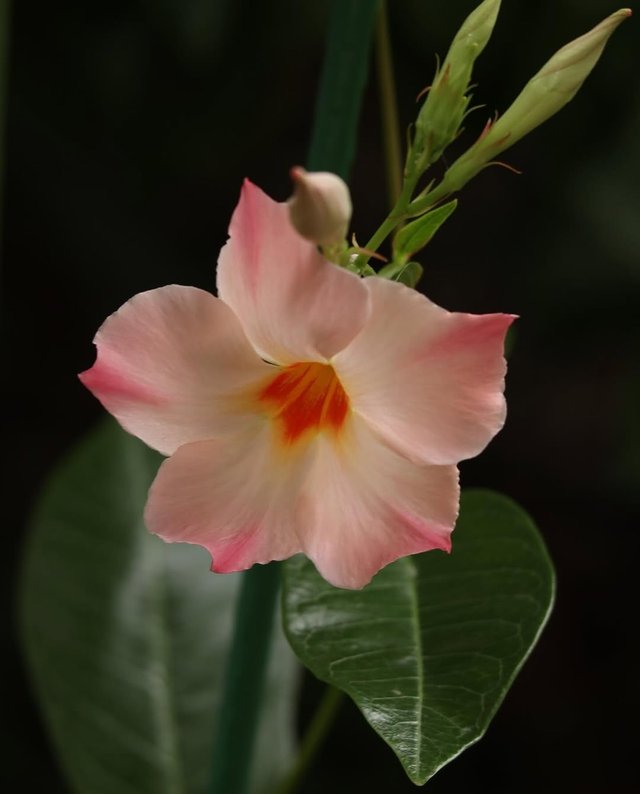Brazilian Jasmine Flower
Brazilian Jasmine: A Vibrant Climber for Tropical Elegance
Brazilian jasmine, scientifically known as Mandevilla sanderi, is a spectacular tropical flowering vine celebrated for its dazzling blooms, glossy foliage, and ability to bring instant elegance to gardens, balconies, and indoor spaces. Native to the warm regions of Brazil, this vigorous climber has gained popularity worldwide for its beauty and adaptability.
Botanical Overview
Scientific name: Mandevilla sanderi
Common names: Brazilian jasmine, Dipladenia, Rock trumpet
Family: Apocynaceae
Origin: Brazil, South America
Type: Evergreen tropical vine or shrub-like climber
Appearance and Features
Brazilian jasmine is renowned for its trumpet-shaped flowers, which range in color from deep pink and red to white. Each bloom has five petals that flare outward, creating a delicate yet striking appearance. The flowers can be 5–8 cm wide, standing out against the glossy, dark green, ovate leaves. Unlike true jasmines, Brazilian jasmine is not related to the jasmine family but earns its common name due to its fragrant, showy blossoms.
The plant is a twining climber, using its stems to wrap around supports, making it perfect for trellises, fences, and pergolas. In frost-free areas, it can grow up to 3–5 meters tall, while in containers or cooler climates, it is easily trained as a compact patio plant.
Growing Conditions
Light Requirements:Brazilian jasmine thrives in full sun to partial shade. For the most abundant flowering, at least 6 hours of direct sunlight per day is ideal.
Soil:A well-draining, fertile soil enriched with organic matter works best. A mix of potting soil, sand, and peat moss ensures good drainage for container-grown plants.
Watering:Consistent moisture is key during the growing season, but overwatering should be avoided. The soil should be kept slightly moist, not soggy. In winter or cooler months, watering can be reduced.
Temperature and Humidity:As a tropical plant, Brazilian jasmine prefers warm temperatures and high humidity. It is frost-sensitive, so in temperate climates, it should be brought indoors or grown as an annual.
Fertilization:Regular feeding with a balanced or high-phosphorus fertilizer promotes lush growth and prolific blooming. Feeding every 2–4 weeks during the growing season is recommended.




%20(10).jpeg)